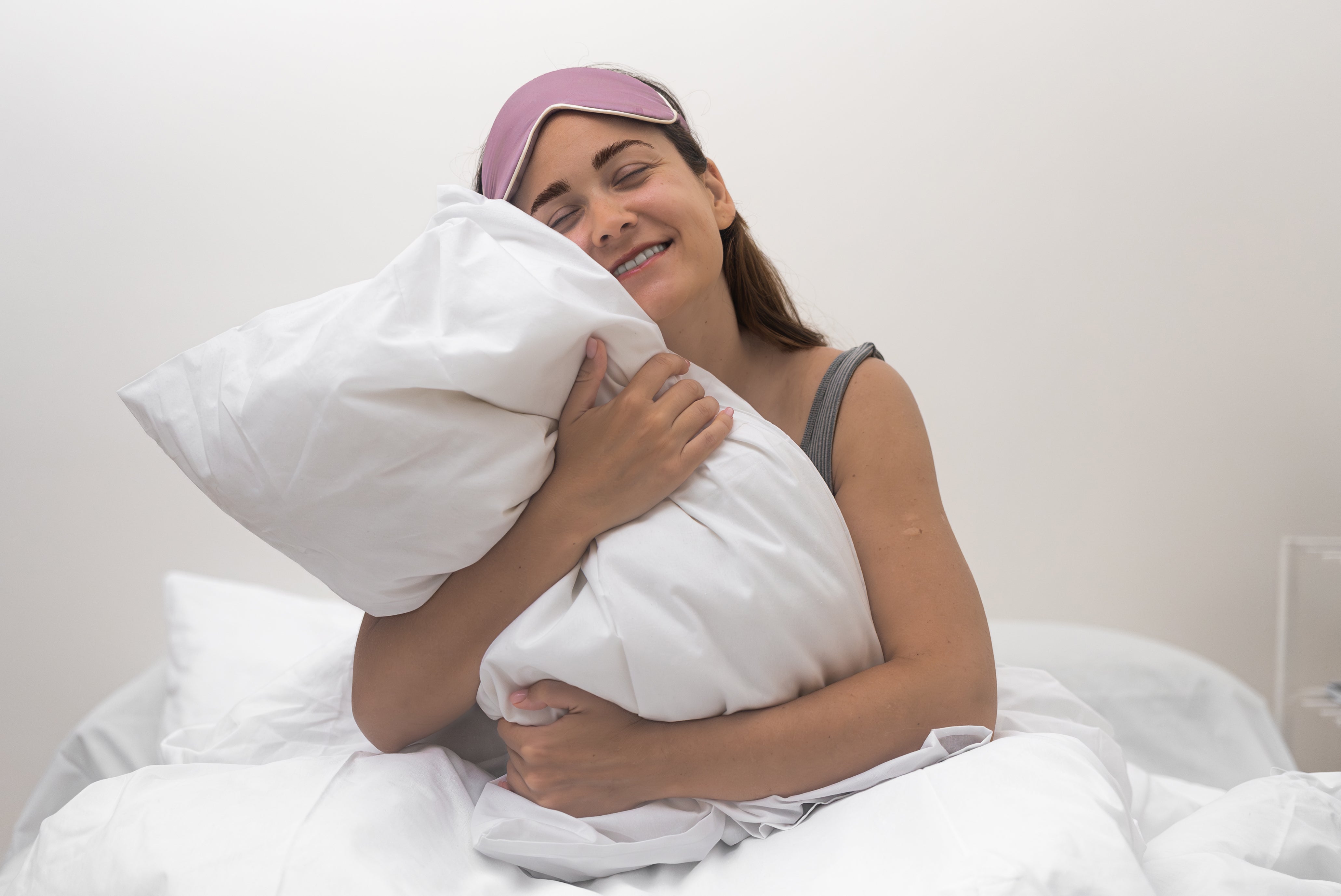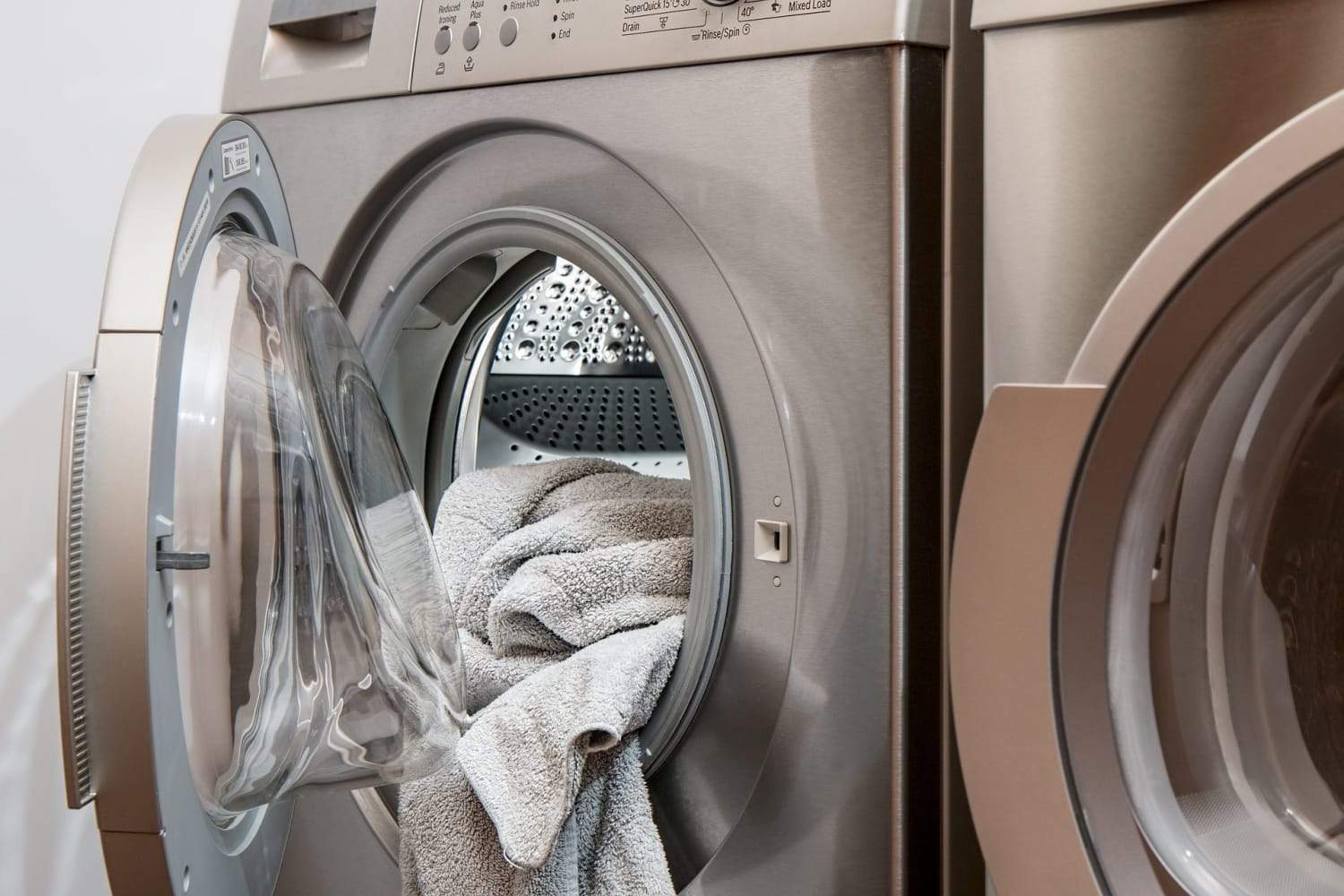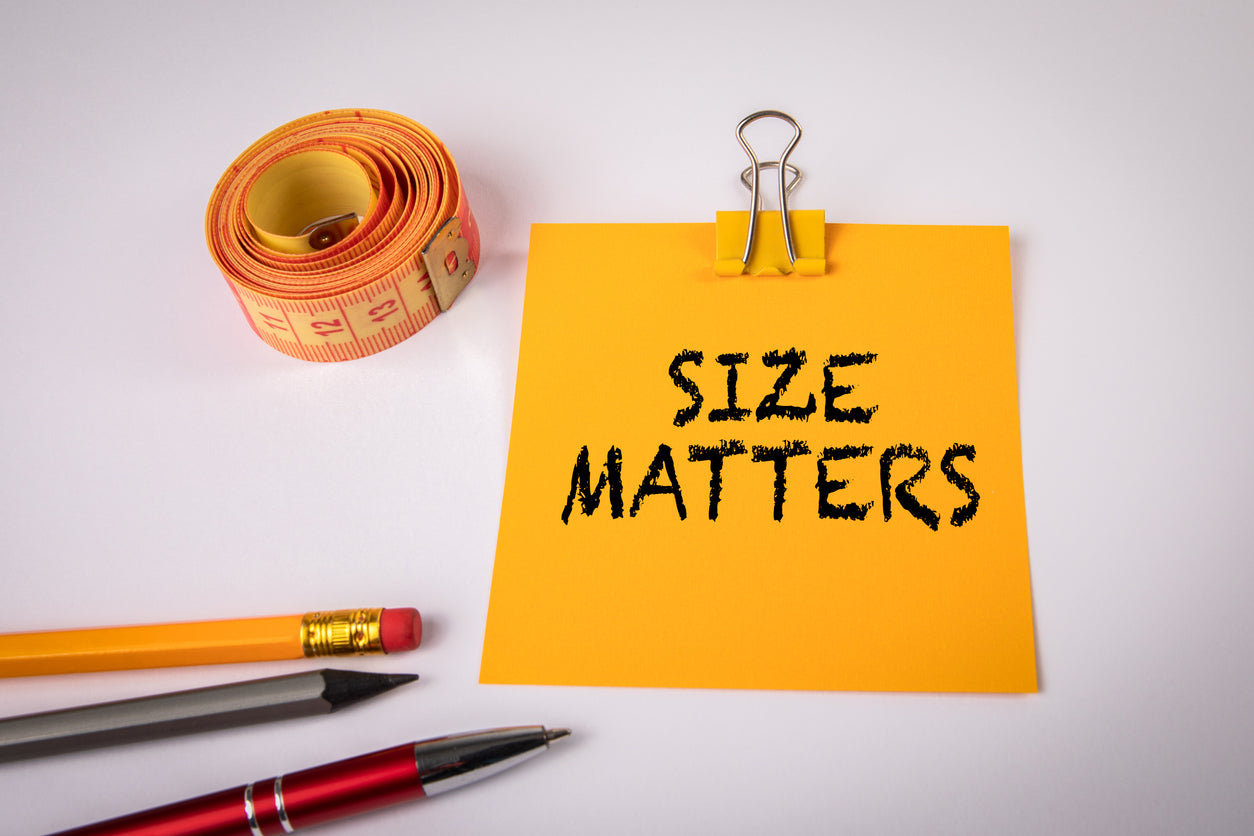We’ve all had those nights where we lay in bed, staring at the ceiling as a million thoughts run through our mind. These nights are often restless and it’s difficult to fall asleep on our millet pillow. Fortunately, restless nights don’t have to be so common if you follow expert advice and put your thoughts to bed first.
Journaling is often considered therapeutic and is a beloved pastime for many. There is an abundance of different types and styles of journals, ranging from manifestation journals to emotion tracking to dream recording. One type of journal that is increasing in popularity is sleep journaling.

In its most basic form, sleep journaling involves writing down your thoughts and feelings a couple of hours before going to bed. It is considered a type of “brain dump” where you get all of your worries, stress, and anxiety out on paper. This type of journaling is different from a sleep diary, where you would track your sleep time, quality, and maybe even your dreams.
When compared to sleep journaling, sleep diaries are often more clinical. They track your daily habits, sleep quality, and length of sleep to help reveal any patterns or factors that may be keeping you awake. This type of bedtime writing can be helpful when you are working with a doctor or specialist and trying to uncover the cause of your sleep troubles. However, if you aren’t working with a professional on a diagnosis, this type of writing can cause some people more stress. Some individuals may become obsessed with numbers and their own personal sleep stats, which can cause more stress, making it even harder to fall asleep.

Alternatively, sleep journaling is about quieting your mind and restoring emotional balance. This type of journaling is beneficial for those who struggle to fall asleep due to anxiety or stress. According to the Sleep Foundation, many serious sleep disturbances such as insomnia are associated with anxiety. Mental hyperarousal like worry and stress is a crucial contributor to insomnia and known to keep people awake at night. With a mounting list of to-do’s and anxieties, you may find yourself tossing and turning on your millet pillow each night.
For some, journaling can be an effective way to deal with these mental hyperarousals. When anxiety is high and there is a lot on your mind, it can be challenging to sit quietly in meditation. So, instead, you may look to distract your mind and quiet the internal chatter by watching TV, scrolling on your phone, or drinking alcohol. Although these activities may temporarily get your mind off your worries, they can do more harm than good when it comes to sleep. The blue light from devices, alcohol, and sugar are notorious for keeping you up and disrupting sleep quality which makes them ineffective for helping you relax at night.

A much better bedtime activity is journaling. Journaling can help you better manage the emotions that are keeping you from sleeping. A Baylor University study in 2019 had 57 students either write a list of everything they completed that day or create a to-do list for the following few days. The researchers found that the students who wrote out their to-do lists fell asleep much faster than those who wrote about their completed tasks. According to the lead researcher Michael Scullin, “one of the biggest barriers to falling asleep for people is that we have thoughts circling around in our heads when we turn out the lights.” However, when discussing to-do list writing, he went on to say, “This seems to be a quick little thing people can do in the evening, not to fall asleep in two minutes, but to fall asleep faster than they probably would have otherwise.”
Another study looked at 41 college students who were having difficulty sleeping because of stress. A number of these college students were tasked with journaling every night before bed. For this exercise, they were advised to spend 15 minutes each night writing about a positive experience they had and how they felt when it happened. They were told not to worry about anyone seeing their journal entry but to let their thoughts flow freely. The results found that these individuals had increased sleep time, better sleep quality, and their stress was reduced.

Journaling is not only beneficial for college students. Adults have their own list of worries and to-do lists and getting it all down on paper can help. Sleep journaling will help you express yourself. Some may find that when they write out what is troubling them, it is not so scary after all, and others may experience an emotional release. Each person’s circumstances are different, and how a person goes about sleep journaling will vary. Here are a few ways you can begin sleep journaling:
Use journal prompts
If you don’t know what to write and feel stuck, you will benefit from using a journal prompt.
Journal prompts provide you with thought-provoking questions or statements that will help you unearth what is troubling you or focusing your attention on something else. They can also help you see a new perspective and think of things differently. To find sleep journaling prompts, you can look online or buy a sleep journal. Here are a few examples to get your started:
- Today I struggled with…
- 3 things I am grateful for today…
- Tomorrow I would like to be / achieve / do…
- Challenges I need to overcome this week…
- A negative experience that is weighing on my mind is…
- I have trouble letting go of…
- I appreciate (name of a person and why)
- Tomorrow I want to have a mindset of…
Freewriting
Freewriting involves writing whatever comes to mind. Don’t worry about sentence structure or if your writing is grammatically correct. This type of sleep journaling aims to let your thoughts and feelings pour out onto the paper with zero censorship. Freewriting is an excellent way to vent and express your worries. Was there something that made you feel angry? Something you are excited about? Do you feel hurt? Write it down! This is an effective way of blowing off steam and can provide you with greater clarity and help process your emotions. If you want to take your free writing a step further, after writing out the way you are feeling, try to ask yourself why you feel these emotions and why these specific things are troubling you.
Making to-do lists

When you have a lot going on and an ever-growing to-do list, it can feel very overwhelming. You may find yourself laying on your millet pillow, running through each item on the list and adding more and more. As you can imagine, this makes it very difficult to fall asleep. Instead, try putting your to-do list on paper. This will free up mental space and can help you feel in control. Then, the next day as you complete a task, scratch it off your list. These feelings of accomplishment will also help you feel better and reduce anxiety.
Write out what you are grateful for
You can do a form of gratitude journaling in addition to the other types of sleep journaling or on its own. Sit down with a pen and paper and reflect on all the things you are grateful for. This can be specific to today or more general. It can be something as simple as using your hands and having the ability to write or the fact that you have a bed. If you find you need a bit of structure, set a target number of gratitude’s like 3, 5, or 10 and begin with “ I am grateful for…”.

According to Psychology Today, the act of writing helps us unload our stress better. When we engage in sleep journaling, we decrease cognitive arousal, which decreases worry and makes it easier to fall asleep.
To benefit from sleep journaling, make it a nightly practice and add it to your bedtime routine. For example, each night, about an hour before you hope to go to sleep, sit down on your meditation pillow and get a small journal and pen. Then, spend at least 5 minutes writing using one of the suggestions above. If you meditate by writing first, you can free up some mental space and make the time spent on your zafu meditation cushion more impactful. And for extra relaxation and soothing vibes, use an aromatherapy linen spray in your bedroom. The scents of lavender will help reduce any stress or anxiety that could keep you up at night.

Bedtime journaling, night writing, or sleep journaling – different names for the same philosophy. When you put your thoughts to bed each night, you will sleep better and wake up feeling refreshed, ready to take on a new day!






